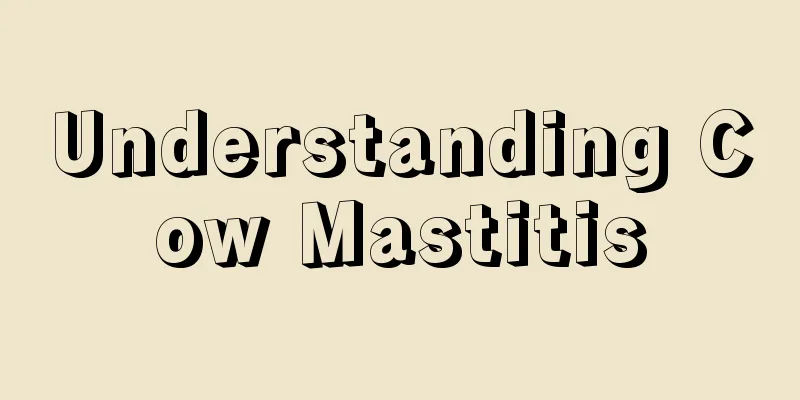What does breast hyperplasia and calcification mean?

|
Mother is the greatest person in the world, but she raises her children but ends up suffering from illness. Breast hyperplasia is a disease that mothers are prone to. Breasts are the organs that women use to raise children. However, if a woman suffers from breast hyperplasia, not only will she not be able to breastfeed her child, but it will also cause her great pain. Breast hyperplasia can also cause breast calcification, bringing more pain to women! For the sake of women's health, let us now understand the situation and causes of breast hyperplasia and calcification! Basic Concepts Calcification of breast hyperplasia is caused by calcium deposition. Regular check-ups are required and symptomatic medication can be used to treat any pain symptoms. Breast calcifications are calcium deposits that can be seen on a mammogram. There are two types of breast calcifications: macrocalcifications and microcalcifications. Macrocalcifications are usually degenerative changes inside the breast. They are usually caused by previous injury, inflammation, or aging of the breast arteries and are not usually related to cancer. Microcalcifications are specks of calcium that may be found at sites of rapidly disintegrating cells. These remnants left behind by rapidly decomposing cells can appear as microcalcifications. When they appear in large groups, it indicates the possibility of small tumors. Cause Since there is no clear understanding of the mechanism and cause of breast hyperplasia, the current treatment is basically symptomatic. Some patients may experience spontaneous remission several months to 1 to 2 years after onset and usually do not require treatment. For patients with more obvious symptoms and more extensive lesions, wearing a bra to support the breasts or using 5% potassium iodide can relieve the symptoms. In addition, there is hormone therapy. Some people use androgens to treat this disease to inhibit the effects of estrogen, soften nodules, and relieve symptoms; but this treatment may aggravate the imbalance of hormones in the human body and is not suitable for routine use. It should only be considered when the symptoms are severe and affect normal work and life. During the follow-up observation of the patient, if a lump is found that grows rapidly or becomes hard in a short period of time, the possibility of cancer should be highly suspected. If necessary, a biopsy or simple resection of the affected breast should be performed. If cancer cells are found in the frozen section during the operation, the patient should be treated as breast cancer. |
<<: What are the causes of itching in women's lower body?
>>: What is the best time to take out the IUD?
Recommend
Is it okay to wear a waist corset after childbirth? Precautions for postpartum waist girdle
During pregnancy, a woman's body shape will c...
How to make a fat-reduced sandwich How to make a fat-reduced sandwich
For breakfast today, I made a fat-reducing sandwi...
After the operation, she felt as if she was lying in water, her whole body was icy cold.
Recently, an anesthesiologist from a large tertia...
Do I need to take anti-inflammatory injections after an abortion?
There are many cases of accidental pregnancies in...
Do I need to take anti-inflammatory injections after the uterine aspiration surgery?
Vascular abortion is a common method of abortion....
Bleeding at 9 weeks of pregnancy
The pregnancy has not passed the dangerous period...
What foods should not be eaten when having pelvic effusion?
For women, gynecological diseases do not only exi...
Is it okay to have a tooth extracted during menstruation? What should women pay attention to when extracting teeth during special periods?
Diseased teeth, such as cavities or wisdom teeth,...
What are the effects of a thin placenta?
The thickness of the placenta after a woman becom...
What should I eat if I have breast hypoplasia?
It is the wish of every woman to have a proud bre...
Calcium, Vitamin D and Physical and Mental Health
Calcium, Vitamin D and Physical and Mental Health...
Horrible! This smell is actually an "invisible killer" in the home, endangering the health of the whole family...especially the children
According to the "China Smoking Health Repor...
Eating more dietary fiber can help reduce inflammation levels in the body! Which foods have good anti-inflammatory effects?
Inflammation is the common "soil" for m...
Can I detect pregnancy if my period is delayed for seven days?
Nowadays, many women are prone to irregular menst...
How long does it take for colposcopy biopsy results to come out?
Many people think that having a cervical biopsy m...









